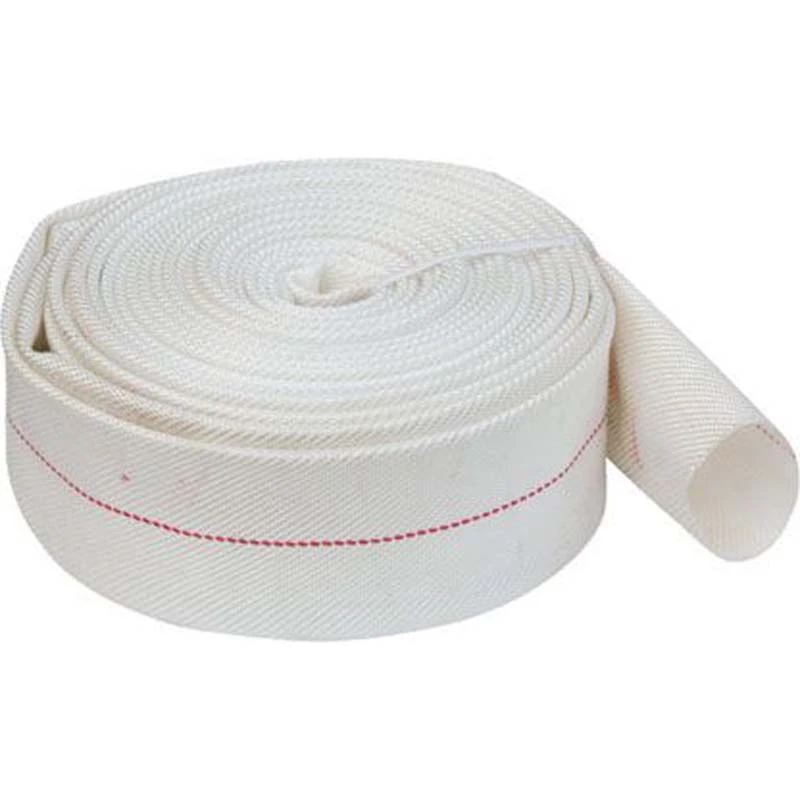pvc hose sizes
Understanding PVC Hose Sizes A Comprehensive Guide
Polyvinyl chloride (PVC) hoses are a staple in various industries due to their versatility, durability, and cost-effectiveness. Whether you’re looking to use them for gardening, construction, or industrial applications, understanding the different sizes of PVC hoses is crucial for ensuring optimal performance and compatibility with your systems. This article explores the various sizes of PVC hoses, their specifications, and how to choose the right one for your needs.
What is PVC Hose?
PVC hose is a flexible tube made primarily from polyvinyl chloride, a type of plastic. This hose is designed to carry fluids and gases, and it is widely utilized in a range of applications, from watering plants to transporting chemicals. The materials used in manufacturing PVC hoses can vary to withstand different pressures, temperatures, and chemical compatibilities.
Common Sizes of PVC Hoses
PVC hoses come in a variety of sizes, typically measured in diameter. The most common diameters are 1/4 inch, 1/2 inch, 3/4 inch, 1 inch, and 1.5 inches. Some manufacturers may offer hoses in larger sizes, such as 2 inches or 3 inches for specific industrial applications. The choice of size depends largely on the volume of fluid needing to be transported and the pressure it must withstand.
1. 1/4 Inch Hose This size is typically used for low flow applications, such as connecting to small pumps or for light-duty gardening tasks. It is not suitable for high-pressure systems but is excellent for delicate tasks.
2. 1/2 Inch Hose A more versatile size, the 1/2 inch PVC hose is commonly found in residential watering systems and can handle moderate pressure levels. Its flexibility makes it a popular choice for various home and garden applications.
3. 3/4 Inch Hose This size strikes a balance between flow rate and manageable weight. It’s often used for medium to large gardens, pressure washing, and industrial cleaning tasks. 3/4 inch hoses can effectively handle higher volumes of water or fluids.
4. 1 Inch Hose The 1-inch PVC hose is suitable for high flow applications, including irrigation systems in agricultural settings and large-scale drainage systems. It can withstand greater pressure and is excellent for transporting larger volumes of liquid.
pvc hose sizes

5. 1.5 Inch and Larger Hoses These are primarily used in commercial and industrial applications, such as construction sites and manufacturing where heavy-duty flow is necessary. Typically, these hoses can handle high pressure and are engineered for rugged use.
Factors to Consider When Choosing PVC Hose Sizes
1. Application Understanding the specific application you need the hose for will guide you in selecting the appropriate diameter and length.
2. Pressure Requirements Consider the maximum pressure the hose will need to withstand. PVC hoses are rated for specific pressure levels, so ensure the chosen hose suits your pressure needs.
3. Fluid Type The chemical composition of the fluid being carried is crucial. Some PVC hoses are designed specifically for certain chemicals or temperatures, so make sure to choose one that is compatible.
4. Length The length of the hose can affect performance, particularly regarding pressure drop over long distances. Always consider how far the hose must run in your application.
5. Temperature Evaluate the temperature range the hose will encounter. Standard PVC hoses may not perform well in extreme temperatures, which may necessitate a special grade of PVC or different material altogether.
Conclusion
Selecting the right PVC hose size is essential for ensuring efficient fluid transport and maintaining the integrity of your systems. By considering the application, pressure, fluid type, length requirements, and temperature, you can make a well-informed choice. Whether you need a simple garden hose or a heavy-duty industrial solution, understanding the specifications of PVC hoses will help you achieve optimal performance for your projects.
-
Welded Wire Mesh Panel: Durable, Versatile, and AffordableNewsJul.28,2025
-
Top Quality Oxy Acetylene Hoses for Sale Fit for Welding DemandsNewsJul.28,2025
-
The Future of Pneumatic Air Tubes in IndustryNewsJul.28,2025
-
Superior and Reliable LPG Hose Pipe Solutions for Every NeedNewsJul.28,2025
-
Exceptionally Durable and Versatile Premium Braided PVC TubingNewsJul.28,2025
-
Best Adapters for Connecting Garden Hose to PVC Pipe ConnectionsNewsJul.28,2025














